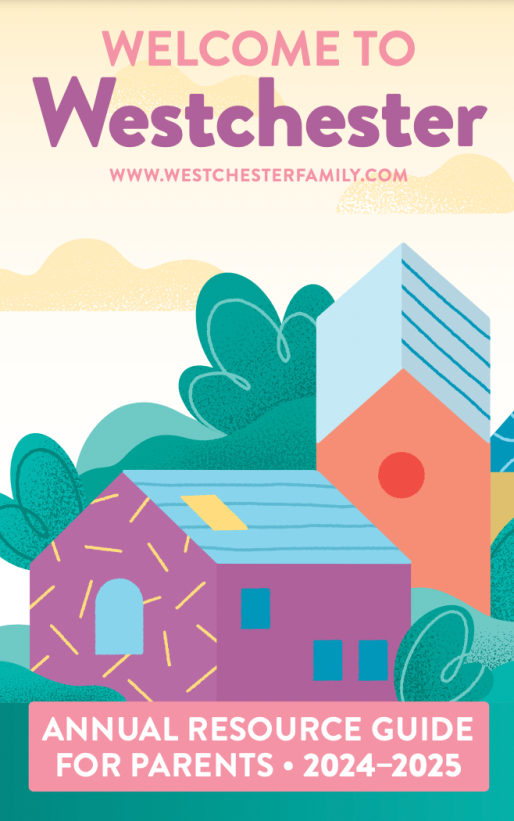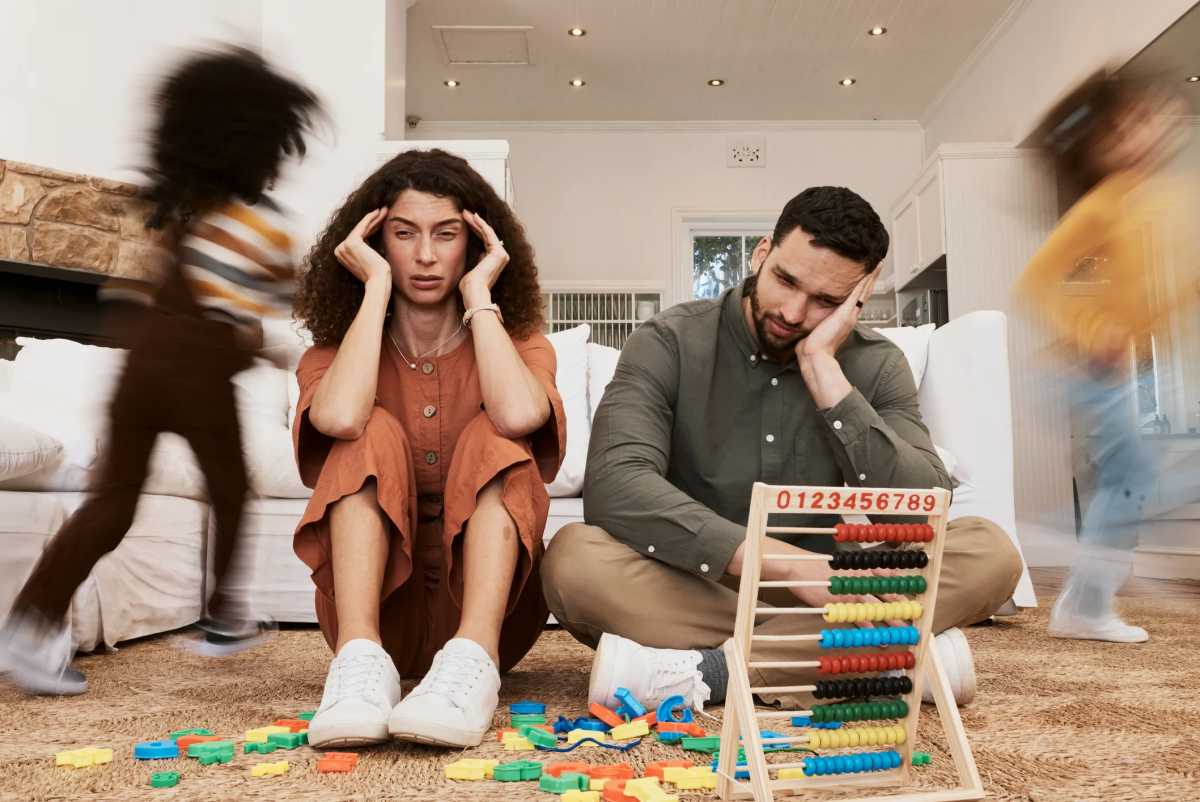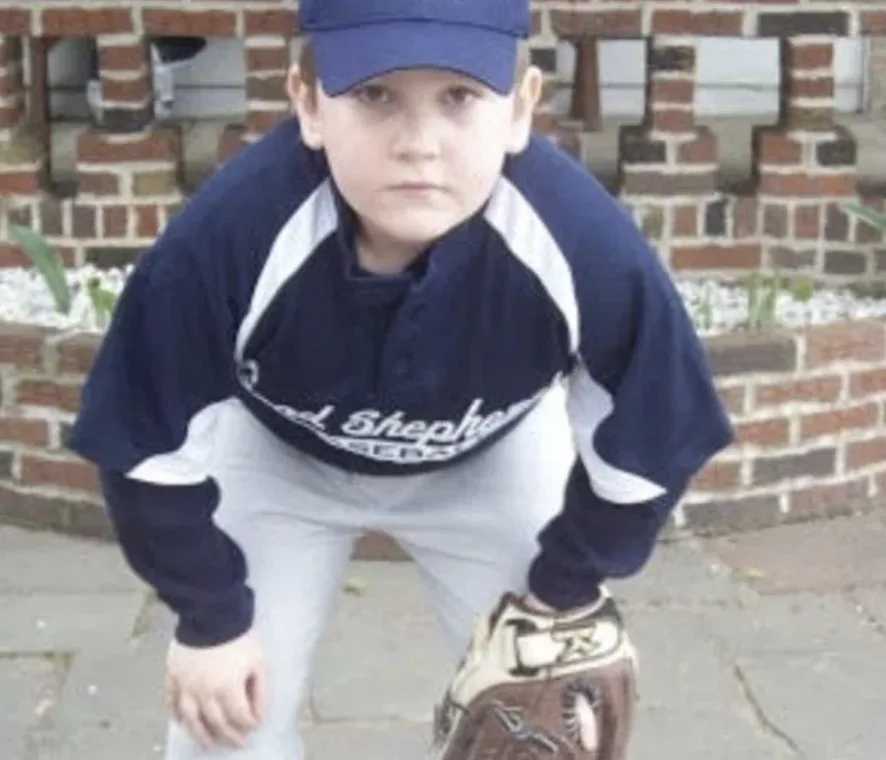The holidays can be stressful and over-stimulating for anyone, but particularly so for children with autism. Here are four tips and strategies that may help lessen your child’s anxiety and increase your family’s enjoyment during the most wonderful time of the year. Be sure to follow your child’s cues, as every child is different.
Plan Your Decorations
Put up your decorations in gradual stages, instead of all at once. To gauge how your child may react to flashing lights or musical décor, expose them to these items in a store or at a friend’s house first before showcasing them in your home. When it comes to deciding on a real or artificial Christmas tree, have your child interact with these items before they are in your house to see how they respond.
Stick to the Schedule
The holidays can throw off the family routine, but try to maintain as much consistency as possible while still being fluid. Visual calendars or daily schedules can be a great tool to lay out what will be going on during the holiday break so your child is prepared for what is happening each day. When possible, keeping a consistent schedule of wakeups, bedtimes and mealtimes can ensure your child’s days remain structured.
Shop Smart
Shopping this time of year can be overwhelming. The lights, music, decorations and crowds can be unpleasant for a child with sensory processing challenges. If you take your child shopping, allow enough time for them to adapt. If possible, practice by visiting the mall or store before the holiday bustle begins. Be prepared with items such as snacks, noise-cancelling earphones or a preferred toy, and look for stores with “quiet shopping hours” and “sensory-friendly” Santa programs.
Be Prepared
When visiting loved ones, pack a bag full of things your child likes to do (bubbles, blocks, etc.). These items can help keep them engaged and could bridge the social gap with other children. Creating a social story around your family’s holiday traditions is another way to prepare a child for novel or challenging events. Look for those already published online or make one of your own to suit your individual family practices.
– Ann-Marie Sabrsula, M.A.,
VB/ABA Education Coordinator, Arc of Westchester’s Children’s School for Early Development














